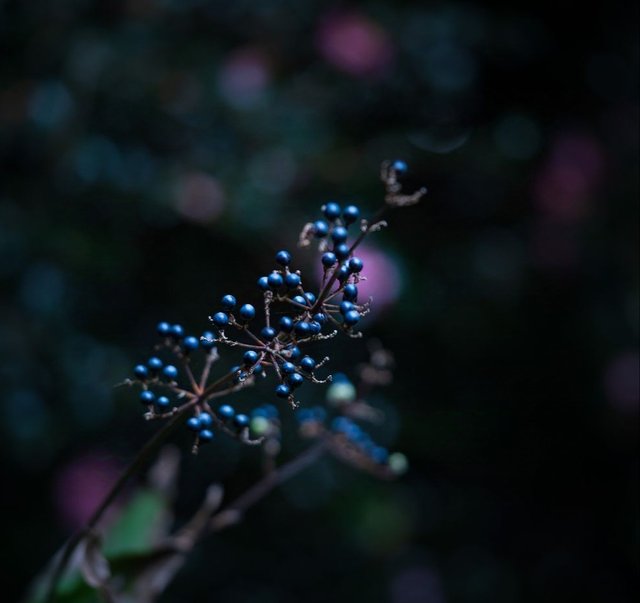Pollia Japonica So Beautiful
Pollia japonica: The Shimmering Wonder of the Plant World
Pollia japonica, commonly known as the marble berry plant, is a small but remarkable perennial herbaceous plant that belongs to the family Commelinaceae. It is native to various parts of East Asia, including Japan, China, and Korea, and thrives in shady, forested areas where it can access plenty of moisture. This plant has garnered attention, not just for its ecological and biological characteristics but also for its extraordinary aesthetic appeal, making it a subject of fascination for botanists, artists, and anyone with a love for nature’s wonders.
Botanical Description and Habitat
Pollia japonica typically grows to a height of about 30 to 60 centimeters. The plant has long, slender stems with lance-shaped leaves that are dark green and glossy. These leaves grow alternately along the stems, adding to its visual charm. The flowers of Pollia japonica are small, white to pale purple, and inconspicuous, but they give way to its most famous feature—the shiny, metallic blue fruits that appear after flowering.
The marble-like fruits of Pollia japonica are round and extremely lustrous. While many plants use pigmentation to color their fruits, Pollia japonica’s unique and stunning iridescence is created by structural coloration rather than pigments. This phenomenon is relatively rare in the plant kingdom and contributes to the plant’s extraordinary beauty. The berries appear almost metallic, with a mirror-like quality that reflects light in a manner similar to the scales of butterflies or peacock feathers.
The Science Behind Pollia japonica's Iridescent Fruits
Pollia japonica’s berries are a marvel of natural engineering, reflecting light in a way that produces a striking blue color that appears almost otherworldly. This color is not created by pigments like the anthocyanins found in many blue flowers and fruits, but by the way the fruit's skin is structured at a microscopic level.
The berries’ outer skin contains layers of cellulose fibers, arranged in a very specific manner. These fibers are stacked like layers of plates, and their varying thicknesses create interference patterns with light. When light strikes the surface of the berry, it bounces off these layers in such a way that only certain wavelengths of light are reflected, giving the berries their shimmering blue appearance. The color is not uniform; it changes slightly depending on the angle of the light and the viewer, much like a soap bubble or an oil slick.
Thanks For Reading
Device Information
| Device | cannon eos 600D |
|---|---|
| Lens | 55-250 zoom leans |
| Location | Myanmar |




